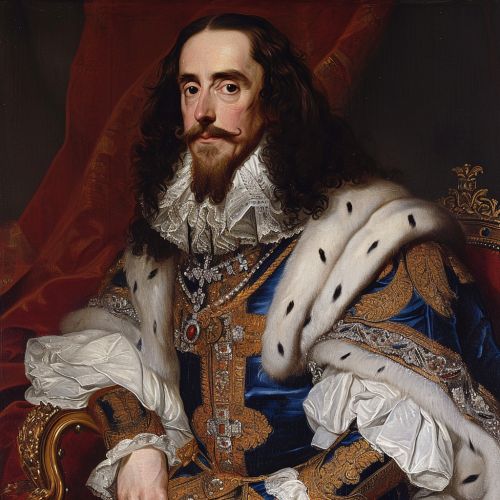Charles I of England
Early Life
Charles I was born in Fife, Scotland, on 19 November 1600, the second son of James VI of Scotland and Anne of Denmark. He was a sickly child, and, when his father became king of England in 1603, he was temporarily left behind in Scotland because of the risks of the journey. Charles joined his parents in England in 1604.
Ascension to the Throne
Charles became heir apparent on the death of his elder brother, Henry Frederick, Prince of Wales, in 1612. He succeeded, as the second Stuart King of Great Britain, in 1625.


Personal Rule
Charles I ruled without parliament for an eleven-year period from 1629 to 1640, known as the Personal Rule or the "Eleven Years' Tyranny". During this period, Charles's policies were implemented by his chief advisor, Thomas Wentworth.
English Civil War
The English Civil War began in 1642 following Charles's attempt to arrest five members of parliament. The war pitted the supporters of Charles I, known as the Royalists or Cavaliers, against the supporters of the Long Parliament, known as the Parliamentarians or Roundheads.
Trial and Execution
Charles was captured in 1646 and held captive. In 1649, he was tried for treason and other high crimes. Charles was found guilty and was executed on 30 January 1649. His death marked the end of the monarchy in England, and the establishment of the Commonwealth.
Legacy
Charles I is remembered as a complex figure: a king who went to war with his own people, yet a man of deep religious faith who was willing to die for what he believed in. His reign is marked by religious and political conflict, and his execution set a precedent for the trial of heads of state.
